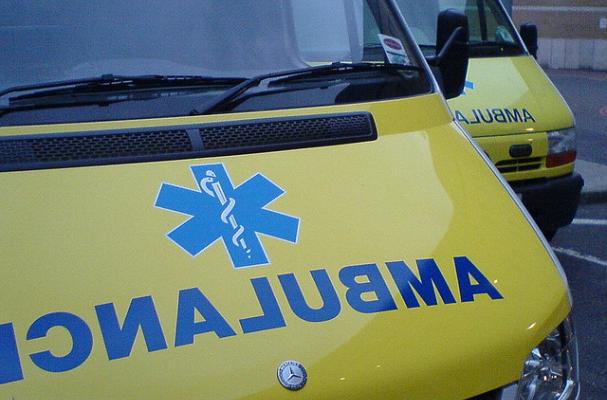June 11, 2011

Jennifer Hudson was briefly hospitalized yesterday, after performing on Good Morning America. The singer-actress was treated for food poisoning at a New York hospital. She had been suffering from severe stomach pains before her fabulous performance. She is a true professional.
Food poisoning is painful and serious. The most common symptoms are nausea, vomiting, abdominal cramping and diarrhea. Fever, chills, bloody stool and dehydration are also symptoms that can occur, depending on the severity and contaminant.
The CDC estimates that in the US alone, food poisoning causes about 48 million illnesses each year.
To avoid most food poisoning, the Mayo Clinic has some recommendations for proper food handling. From the site:
- Wash your hands, utensils and food surfaces often. Wash your hands well with warm, soapy water before and after handling or preparing food. Use hot, soapy water to wash the utensils, cutting board and other surfaces you use.
- Keep raw foods separate from ready-to-eat foods. When shopping, preparing food or storing food, keep raw meat, poultry, fish and shellfish away from other foods. This prevents cross-contamination.
- Cook foods to a safe temperature. The best way to tell if foods are cooked to a safe temperature is to use a food thermometer. You can kill harmful organisms in most foods by cooking them to temperatures between 145 F (62.8 C) and 165 F (73.9 C).
- Refrigerate or freeze perishable foods promptly. Refrigerate or freeze perishable foods within two hours of purchasing or preparing them. If the room temperature is above 90 F (32.2 C), refrigerate perishable foods within one hour. Put food in the freezer if you don't expect to eat it within two days.
- Defrost food safely. Do not thaw foods at room temperature. The safest way to thaw foods is to defrost foods in the refrigerator or to microwave the food using the "defrost" or "50 percent power" setting. Running cold water over the food also safely thaws the food.
- Throw it out when in doubt. If you aren't sure if a food has been prepared, served or stored safely, discard it. Food left at room temperature too long may contain bacteria or toxins that can't be destroyed by cooking. Don't taste food that you're unsure about — just throw it out. Even if it looks and smells fine, it may not be safe to eat.
Image Sources:
.










